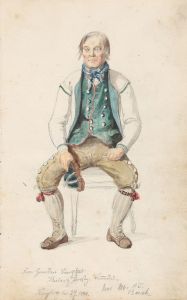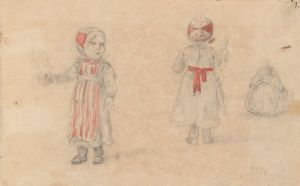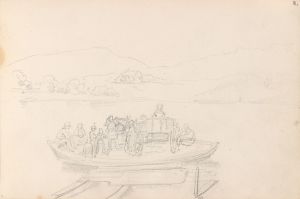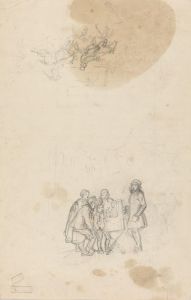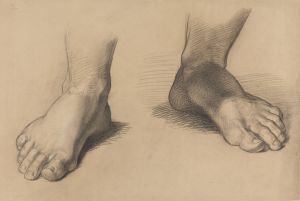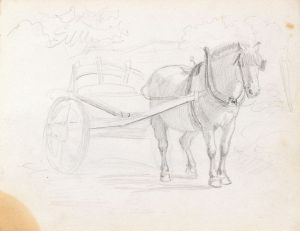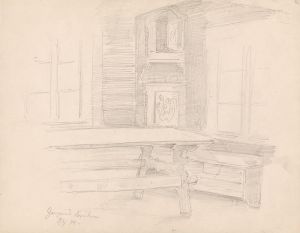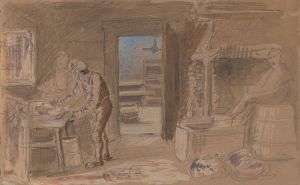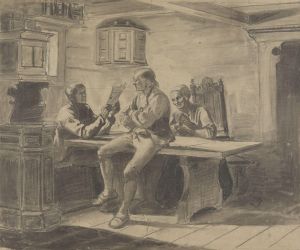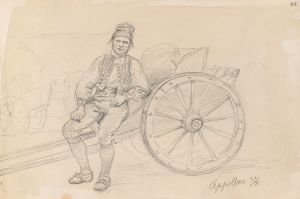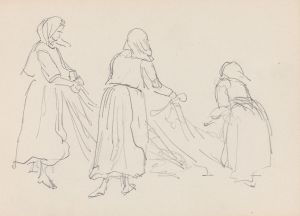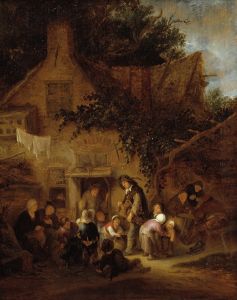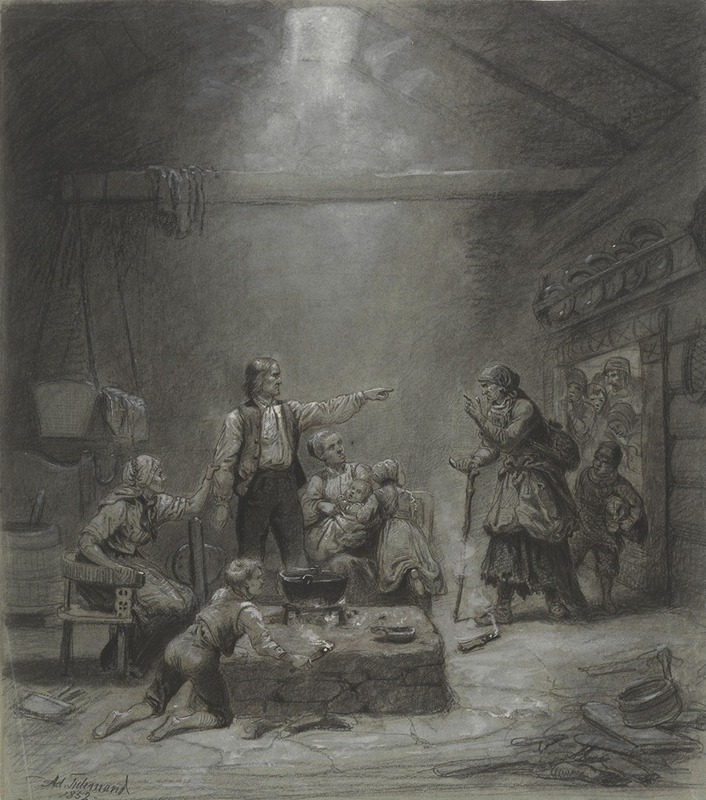
Fantefølge i en bondestue
A hand-painted replica of Adolph Tidemand’s masterpiece Fantefølge i en bondestue, meticulously crafted by professional artists to capture the true essence of the original. Each piece is created with museum-quality canvas and rare mineral pigments, carefully painted by experienced artists with delicate brushstrokes and rich, layered colors to perfectly recreate the texture of the original artwork. Unlike machine-printed reproductions, this hand-painted version brings the painting to life, infused with the artist’s emotions and skill in every stroke. Whether for personal collection or home decoration, it instantly elevates the artistic atmosphere of any space.
Adolph Tidemand's painting Fantefølge i en bondestue (translated as Gypsy Company in a Peasant's Cottage) is a notable work by the Norwegian artist, created in 1859. Tidemand, a central figure in Norwegian Romanticism, is renowned for his depictions of rural life, national traditions, and folklore. This painting exemplifies his interest in capturing the cultural and social dynamics of 19th-century Norway.
The artwork portrays a group of Romani people, referred to as "fante" in Norwegian, visiting a peasant's home. The scene is set in a modest rural interior, typical of the Norwegian countryside during the period. The composition reflects a moment of interaction between the Romani visitors and the peasant family, highlighting the cultural exchange and tension between these two groups. Tidemand's attention to detail is evident in the depiction of traditional Norwegian furniture, clothing, and the expressions of the figures, which convey a range of emotions from curiosity to unease.
The painting is significant for its ethnographic and historical value, as it provides insight into the societal attitudes and perceptions of the time. In 19th-century Norway, the Romani people were often marginalized and viewed with suspicion, and this painting captures the complex relationship between the settled rural population and itinerant groups. While Tidemand's work is celebrated for its technical skill and narrative depth, it also reflects the biases and stereotypes of its era.
Fantefølge i en bondestue is part of Tidemand's broader body of work that sought to document and romanticize Norwegian rural life and traditions. His paintings were influential in shaping national identity during a period when Norway was seeking to assert its cultural independence. The painting is housed in the National Museum of Art, Architecture and Design in Oslo, Norway, where it remains an important piece of the country's artistic heritage.
Adolph Tidemand (1814–1876) studied art in Copenhagen, Düsseldorf, and Italy, and he became one of the leading artists of the Düsseldorf School of painting. His works often combined realism with a romanticized view of Norwegian life, making him a key figure in the development of Norwegian national art.





